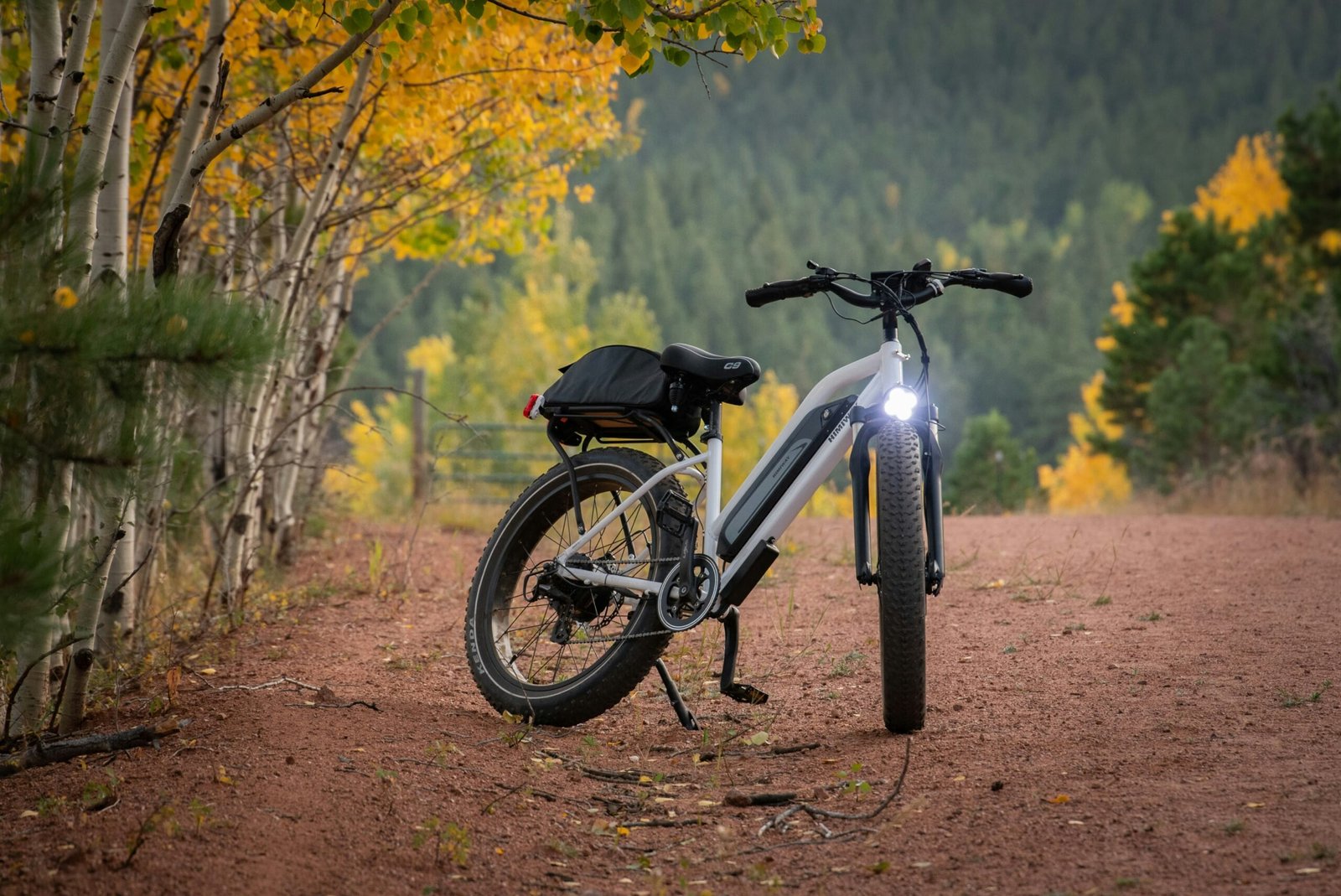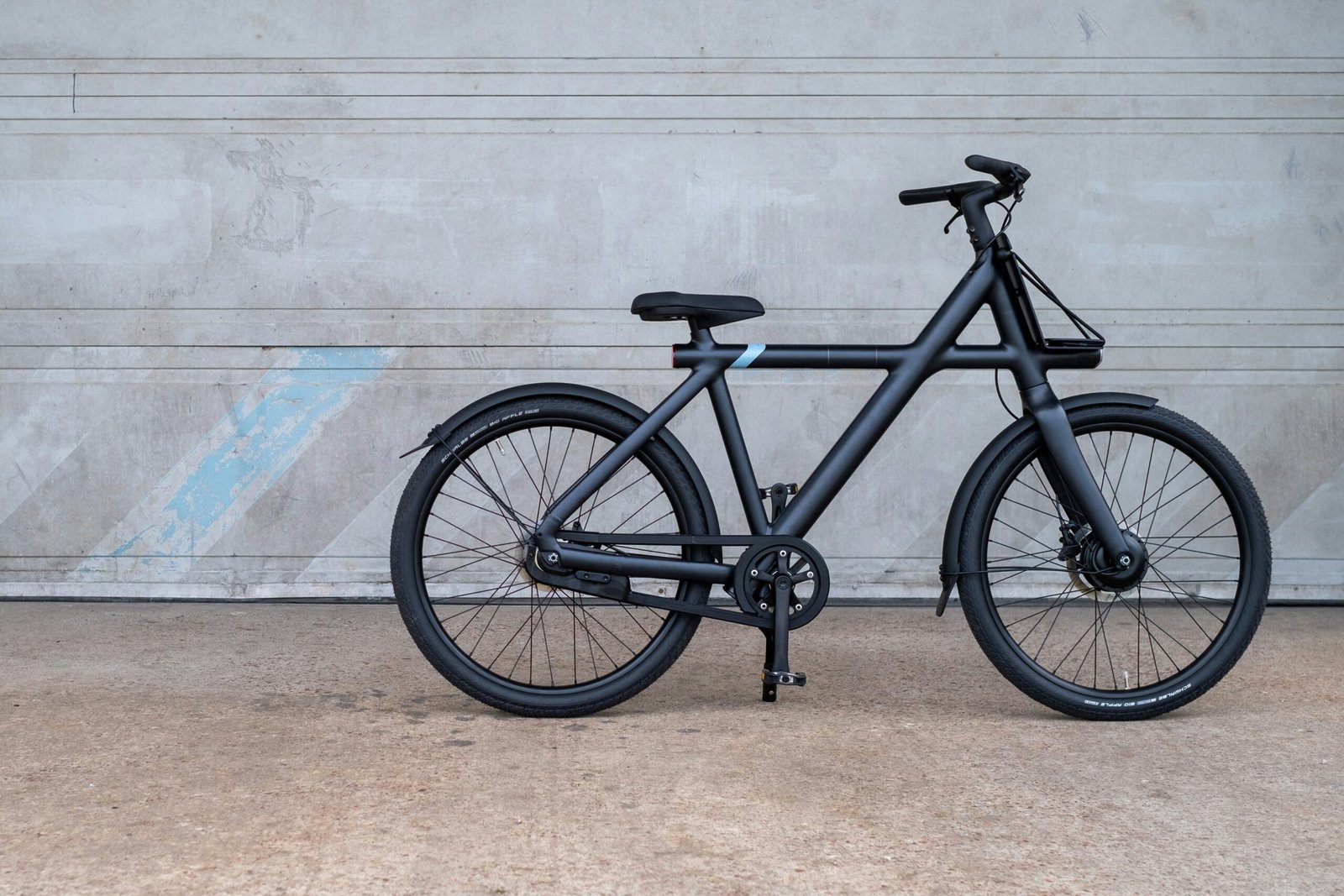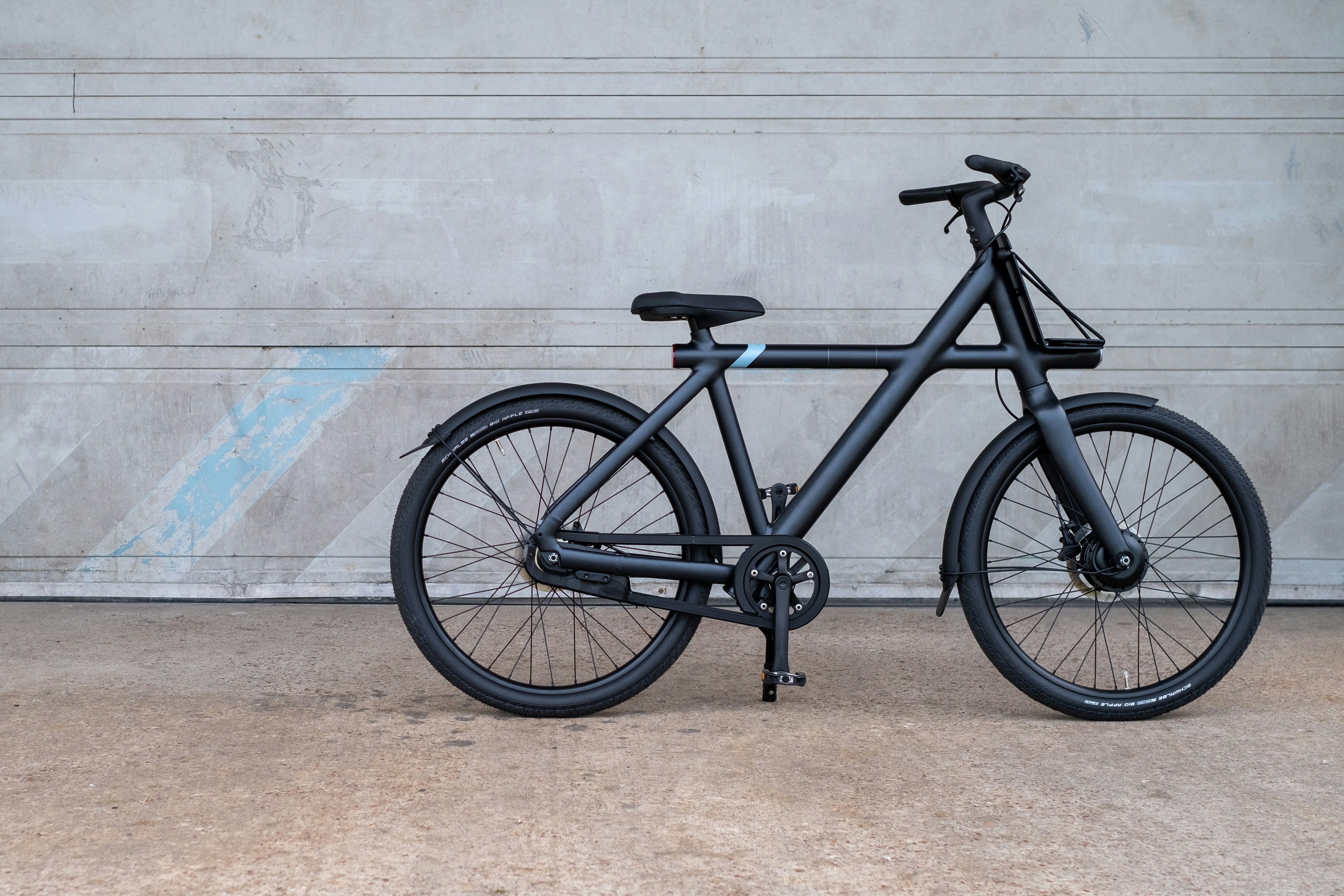Are you curious about the energy efficiency of electric bikes compared to traditional bikes? This article delves into the fascinating details of how these two types of bicycles stack up against each other in terms of energy consumption, environmental impact, and practical use. You’ll discover the advantages and potential downsides of each option, helping you make an informed decision about your next ride. Have you been considering the switch from a traditional bike to an electric one and wondered how they stack up in terms of energy efficiency? Preference for two-wheeled transportation is rising, not just for its convenience and simplicity, but also because of its reduced environmental impact compared to cars. However, choosing between an electric bike (e-bike) and a traditional bike could be perplexing when you’re thinking about energy efficiency.
Introduction to Bikes and Energy Efficiency
Biking has long been celebrated as one of the most energy-efficient modes of transportation. But with advancements in technology, e-bikes have entered the scene, offering a more effortless ride without compromising on speed. The introduction of e-bikes has left many asking how these power-assisted bicycles measure up to the traditional, pedal-powered versions when it comes to energy consumption and overall efficiency.
Understanding Energy Efficiency
Before diving into the specifics, it’s important to grasp what we mean by energy efficiency. In simple terms, energy efficiency is the amount of energy input required to achieve a certain level of output. For bicycles, this would pertain to the effort (energy) needed to cover a certain distance. The more efficient the bike is, the less energy you or the bike’s motor needs to use to travel the same distance.
Energy Efficiency of Traditional Bikes
Human Power
Traditional bikes are powered solely by the human body. It’s a straightforward mechanism—you pedal, the bike moves. The energy for this motion comes from the calories you consume and burn.
Caloric Energy
Cycling on a traditional bike is an excellent form of exercise. On average, a person burns around 400-600 calories per hour while cycling at a moderate speed. This caloric consumption is essentially the energy input.
Mechanical Efficiency
Mechanical efficiency refers to how well the bike converts your pedaling effort into forward motion. For traditional bikes, this is very high, often achieving mechanical efficiency rates of 90-99% due to lower energy losses in the chain and gear system.
Energy Efficiency of Electric Bikes
Electric Motor
E-bikes are equipped with an electric motor which aids your pedaling efforts. This motor can either assist when you pedal (pedal-assist) or provide power with a throttle.
Battery Consumption
The key component affecting energy efficiency in e-bikes is the battery. Batteries store electric energy and release it to power the motor. Different batteries have different capacities, usually measured in watt-hours (Wh).
Electric Assist and Energy Savings
The motor supplements your pedaling, which can make traveling long distances less taxing. However, the energy efficiency of an e-bike can vary based on factors like the level of assistance, terrain, rider’s weight, and more.
Comparative Analysis: Traditional vs. Electric Bikes
Energy Input and Output
| Metric | Traditional Bike | Electric Bike |
|---|---|---|
| Energy Source | Food calories | Electricity (battery) |
| Power Generation | Human effort | Electric motor + human effort |
| Caloric Energy | 400-600 calories per hour | Reduced caloric burn, motor-assisted |
| Mechanical Efficiency | 90-99% | Depends on motor efficiency and power settings |
Environmental Impact
When discussing energy efficiency, the environmental impact is another important factor.
Traditional Bikes
- Zero Emissions: Traditional bikes are known for their zero emissions. The only energy consumed is from the food you eat.
- Manufacturing Impact: Even though traditional bikes have a low operational carbon footprint, materials like aluminum and steel used in bike frames do have some environmental costs.
Electric Bikes
- Electricity Usage: E-bikes use stored electric energy which may come from various sources. If the electricity is sourced from renewables, the e-bike’s carbon footprint can be minimal.
- Battery Production and Disposal: The production and disposal of batteries can have a significant environmental impact. This includes the mining of raw materials and the handling of battery waste.
- Reduced Vehicle Usage: However, e-bikes often replace car trips which leads to a significant reduction in greenhouse gas emissions overall.
Cost Efficiency
You need to factor in the initial purchase cost, maintenance, and operational costs to get a sense of overall cost efficiency.
Traditional Bikes
- Purchase Cost: Generally lower initial investment.
- Maintenance: Regular maintenance involves costs like tire replacements, brake pads, and occasional gear tuning.
- Operational Cost: Virtually zero—the only energy cost is the calories you burn, which you would consume through food anyway.
Electric Bikes
- Purchase Cost: Higher initial investment compared to traditional bikes.
- Maintenance: Includes all traditional bike maintenance plus battery and motor upkeep.
- Operational Cost: Cost of electricity to recharge the battery. Depending on local electricity rates, this can be minimal.
Practical Usability
For many, the decision goes beyond just energy efficiency and cost—it’s also about practicality and usability.
Commuting
- E-bikes: Great for longer commutes as they allow you to arrive at your destination without being exhausted or overly sweaty. They are often faster over longer distances.
- Traditional Bikes: Ideal for shorter commutes and for those who view their commute as a fitness opportunity.
Accessibility
- E-bikes: More accessible for older adults or those with physical limitations. The assistance from the motor can make biking more inclusive and enjoyable.
- Traditional Bikes: Require a higher level of physical effort and may not be suitable for everyone.
Versatility
Both types of bikes can be outfitted with panniers or trailers for hauling cargo, and both can be used for recreation and exercise. However, the additional power of an e-bike can make it easier to handle heavier loads.

Energy Efficiency in Real-World Scenarios
Urban Commutes
In urban settings, e-bikes have shown to be extremely efficient. They reduce the overall energy consumption by replacing car journeys. Studies have shown that an e-bike can reduce greenhouse gas emissions by up to 92% compared to a car.
Long-Distance Travel
For long-distance bike rides, e-bikes are significantly more energy-efficient because:
- Consistency: They maintain a consistent speed with less effort.
- Less Strain: Reduces the physical strain on the rider, allowing for longer trips without needing extensive recovery times.
- Range: While traditional bikes are limited by the rider’s stamina, e-bikes depend on battery life, which can be extended with backup batteries or solar charging solutions.
Recreational Use
For recreational use, the choice depends on the experience you seek:
- Traditional Bikes: Better for those who seek a workout through cycling.
- E-bikes: Ideal for leisurely rides where enjoying the journey is more important than the workout.
Future Trends in Bike Energy Efficiency
Advancements in Battery Technology
As battery technology improves, so too does the energy efficiency of e-bikes. Innovations like solid-state batteries promise higher energy densities, faster charging times, and longer lifespan, reducing both the cost and environmental impact.
Renewable Energy Integration
The future of e-bikes may well include integrated solar panels or more advanced regenerative braking systems. These could capture energy during rides or charging, further reducing the dependency on grid electricity and enhancing energy efficiency.
Smart Systems
Smart e-bike systems that optimize power usage through AI and machine learning can adapt to your riding style and conditions, making each journey as efficient as possible.

Conclusion
So, how do electric bikes compare in terms of energy efficiency to traditional bikes? It’s not a straightforward answer. Traditional bikes triumph in terms of mechanical and caloric energy efficiency. They are simple, effective, and have a minimal environmental impact.
Electric bikes, on the other hand, offer enhanced usability, accessibility, and extended range capabilities facilitated by battery power. Despite their higher initial cost and greater environmental impact from battery production and disposal, they significantly decrease dependence on cars, leading to a net positive effect on reducing greenhouse gas emissions.
Ultimately, the choice between a traditional bike and an electric bike comes down to your personal needs and values—whether you prioritize pure energy efficiency, cost savings, practicality, or environmental impact.
By considering all these factors, you can make an informed decision that best aligns with your individual lifestyle and goals. Happy riding!



